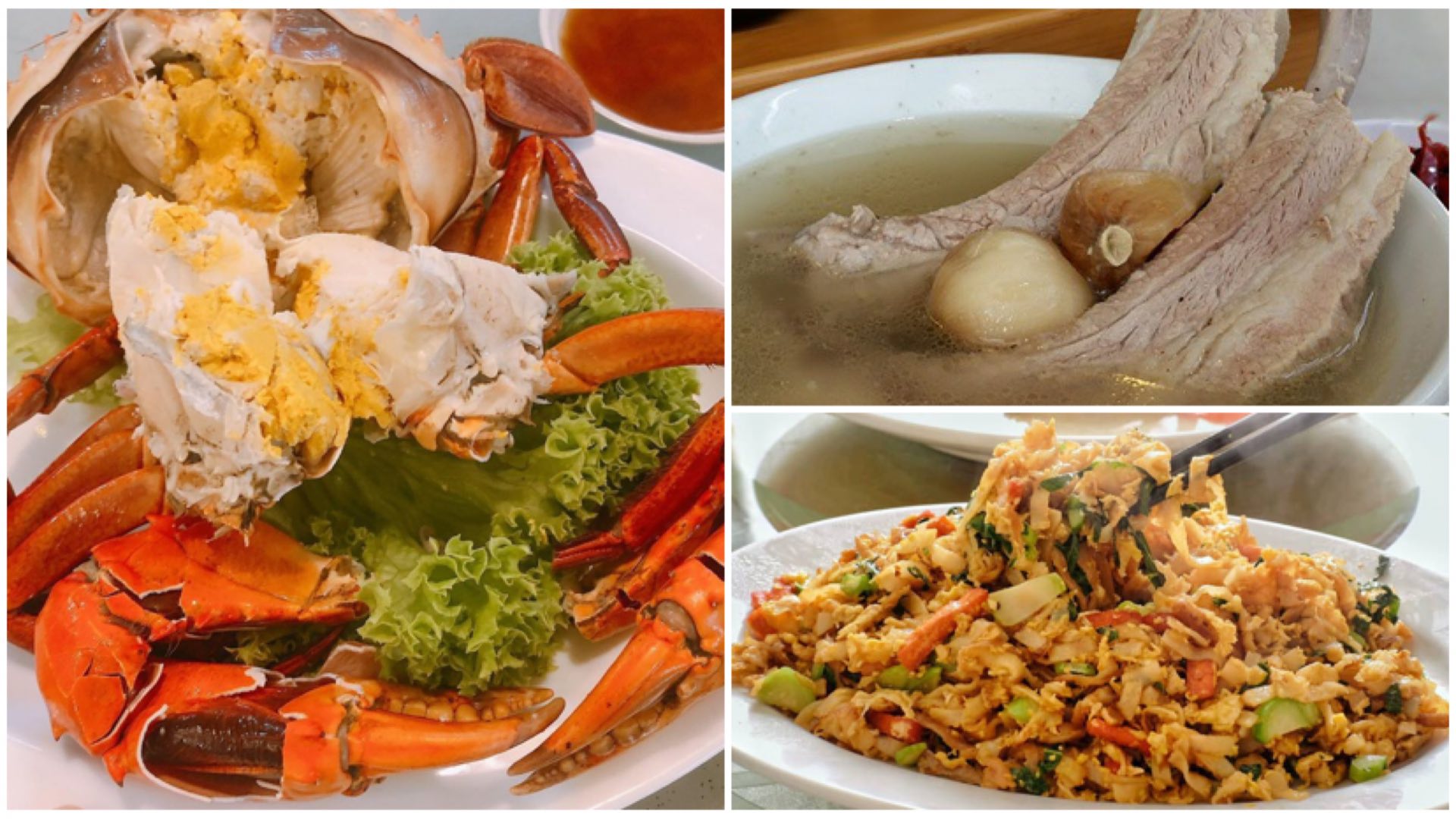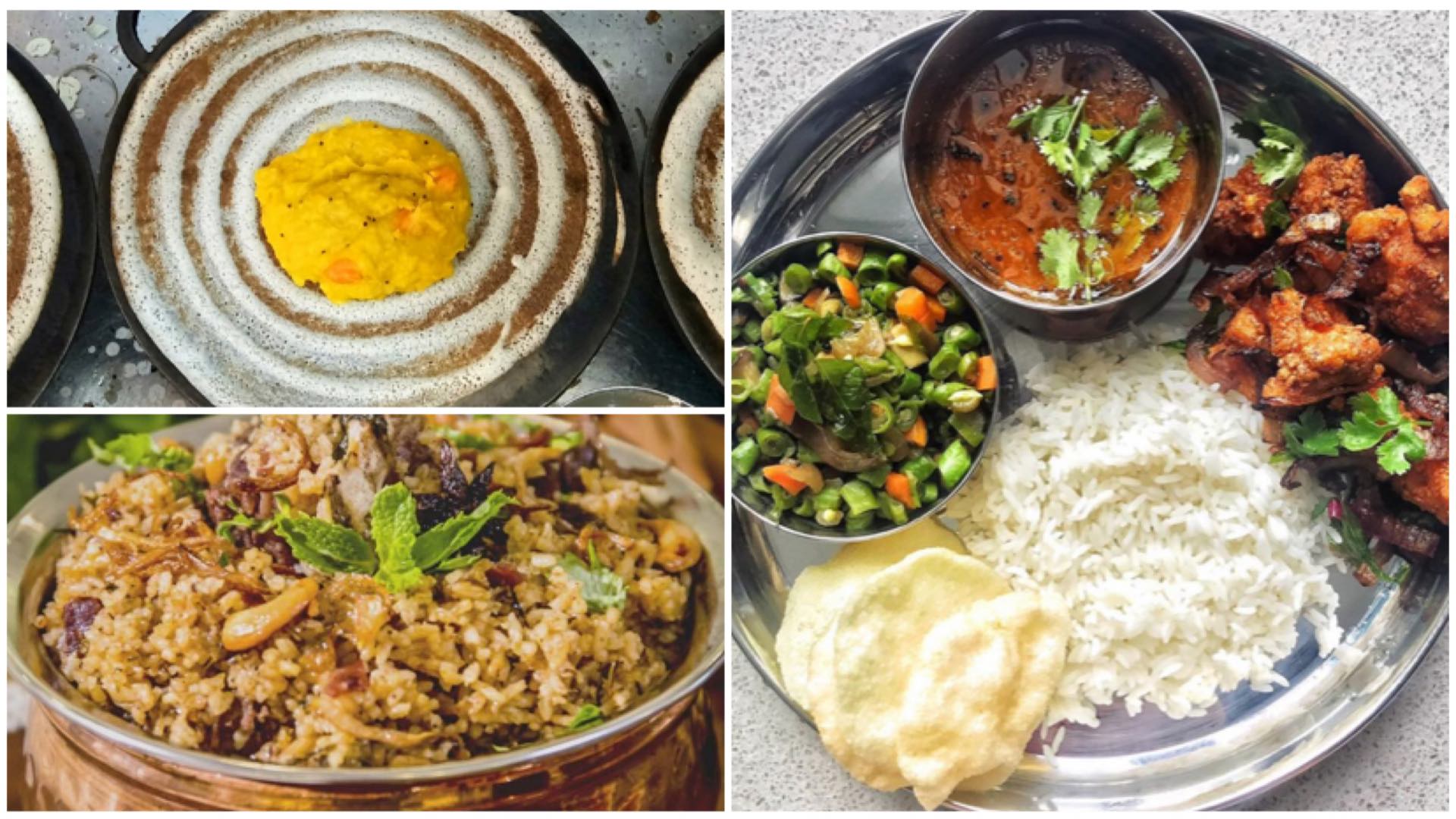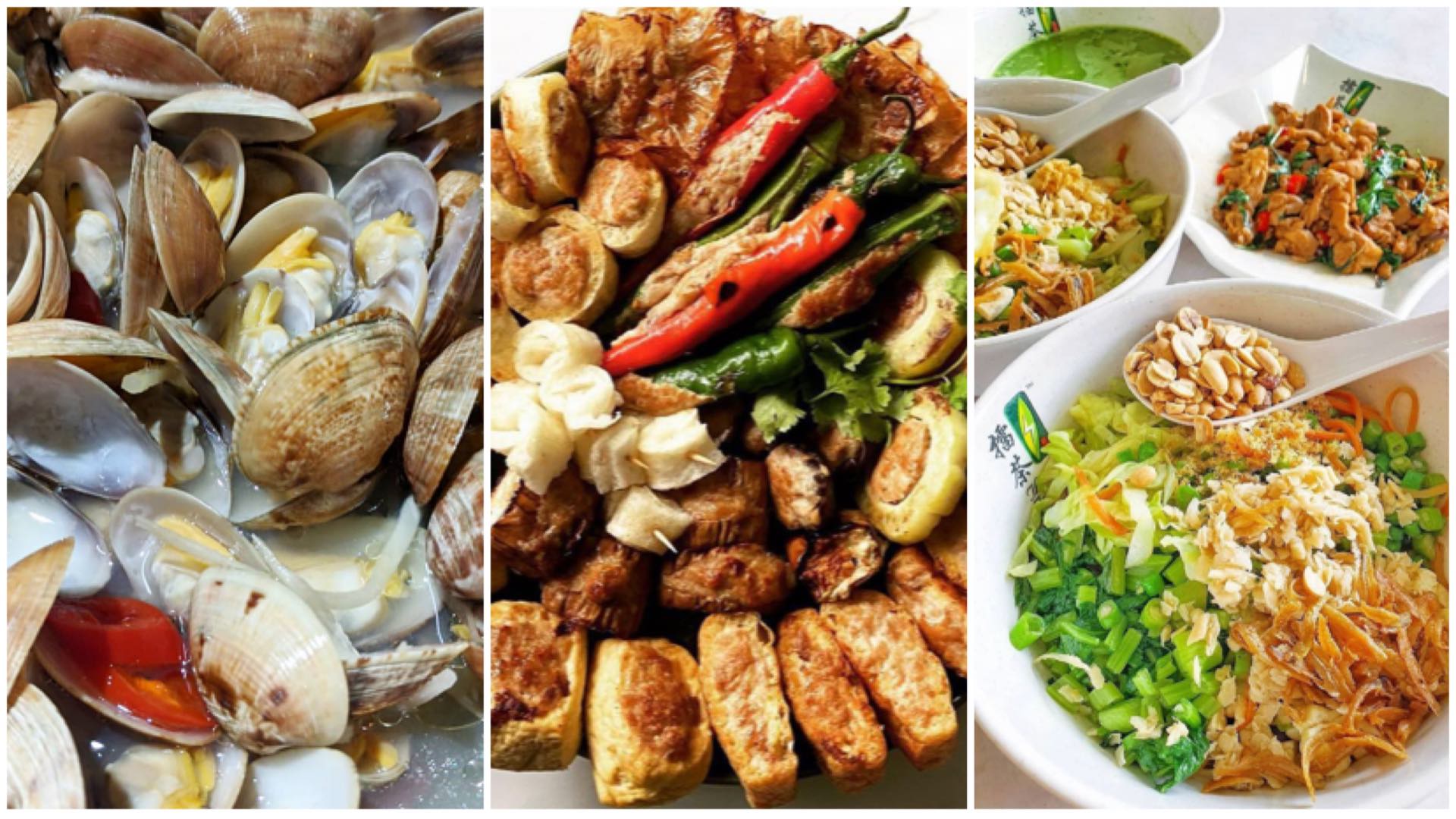Singapore Shiok: Eurasian Cuisine On Our Little Red Dot
Some cuisines we can travel far and wide for – the tongue-numbing stir-fries of Sichuan in China, for example; or the intricate curries of Sri Lanka.
Yet there is one that we can only look for very close to home, and even then, mostly in the homes of generous friends and family members willing to share a taste of their unique, special culture.
Although the Eurasians always have been an important part of Singapore, their cuisine has largely remained a mystery to their many non-Eurasian neighbours. And even if others have experienced this wonderful cuisine, it might just be in totem dishes such as kari debal (more on that later) and sugee (semolina) cake.
Eurasians in Singapore The small but influential Eurasian community in Singapore encapsulates the east meets west vibe...
Posted by Melayu Tempo Dulu on Wednesday, 12 August 2015
What is Eurasian cuisine? Throughout the world, the term “Eurasian” refers to people of European and Asian descent. But in Singapore and Malaysia, Eurasians are an ethnic race. When the Portuguese captured Malacca in 1511, they settled into the region and intermarried with locals. Their descendants became known as the Kristang, or Eurasians as we know them today.
The Kristang eventually migrated to Singapore when Malacca was seized by the Dutch in 1641. They brought with them their unique cuisine, rich with ingredients from the Portuguese canon (garlic, onions, vinegar) and tinged with spices from the Straits like chillies, tamarind, and turmeric.
(In the spirit of our upcoming National Day, check out this Kristang rendition of Dick Lee’s “Home” by Kevin Martens Wong, the founder and director of Kodrah Kristang, a non-profit effort to revitalise the critically-endangered Portugese-Eurasian heritage language, Kristang.)
Classic Eurasian dishes are thus characterised by Malayan, Portuguese and British influences, which means there are plenty of spicy stews, curries and pies. The dish most synonymous with Eurasian food is kari debal (or curry devil, as it is more commonly referred to in Eurasian households).
Once a way to use up Christmas leftovers, kari debal is today a laborious dish made for festive occasions by marinating and roasting or frying meats and root vegetables like chicken, pork, carrots and potatoes (to mimic the leftovers of a holiday meal), before stewing them in a rempah (spice mix) made with chillies, candlenuts, onions and galangal.
The resulting curry is spiked with ginger, vinegar, and hot mustard before serving to give it tangy kick.
Another well-known festive Eurasian dish is feng, also a painstaking stew made with finely diced pig’s innards and a nuanced rempah. Cleaning the innards – intestines, heart, liver, belly, stomach ¬– to rid them of any odour and impurities can take days before they are diced and fried in their rempah of ginger, garlic and spices like ground fennel and coriander.
In his biography “Rebel With A Course”, Eurasian chef Damian D’Silva (above) writes: “For me, feng is as much a part of Christmas as the birth of Christ. Because of the immense effort involved, it is only eaten once a year and the smell that wafts through the house on Christmas Eve just makes the occasion all the more meaningful.”
Everyday eats
Of course, there is so much more to Eurasian food than these festive delights. Quotidian dishes can include soy limang terung (fried eggplant dressed in onions, chillies, soy sauce and lime juice), corned beef cutlets, pork vindaloo and fish moolee (a turmeric-laced coconut curry). All these dishes speak of the influences that have shaped Eurasian culture in the Malayan peninsular.
Soy limang terung, for instance, is very similar to the Peranakan terung tempra, which in turn borrows from the Malay repertoire. Pork vindaloo, meanwhile, is an offshoot and garbled pronunciation of the traditional Portuguese carne de vinha d’alhos (meat marinated in wine-vinegar and garlic), which found its way to India in the 15th century thanks to Portuguese explorers.
Posted by Mary's Kafe by Mary Gomes on Wednesday, 11 April 2018
Where to eat Eurasian food in Singapore?
Eurasian food purveyors in Singapore are few. Yet they remain immensely accessible. Kick-starting your Eurasian food experience at Quentin’s Singapore is a no-brainer. Located within the Eurasian Community House, a visit to this casual restaurant comes with the opportunity to wander around the Eurasian Heritage Gallery to get an-in depth look at Eurasian culture.
Mary’s Kafe along Bendemeer Road is another gem. Helmed by Mary Gomes, a long-time champion of Eurasian food in Singapore, the café serves classics like beef smore, shepherd’s pie and kari debal at cheap and cheerful prices.
If all else fails, try your darnest to score an invitation to a Eurasian friend’s home for a meal. There’s no better way to experience the flavours of a cuisine that remains relatively rare in a food-obsessed nation.
For the latest updates on Wonderwall.sg, be sure to follow us on Facebook, Instagram and Telegram. If you have a story idea for us, email us at [email protected].











